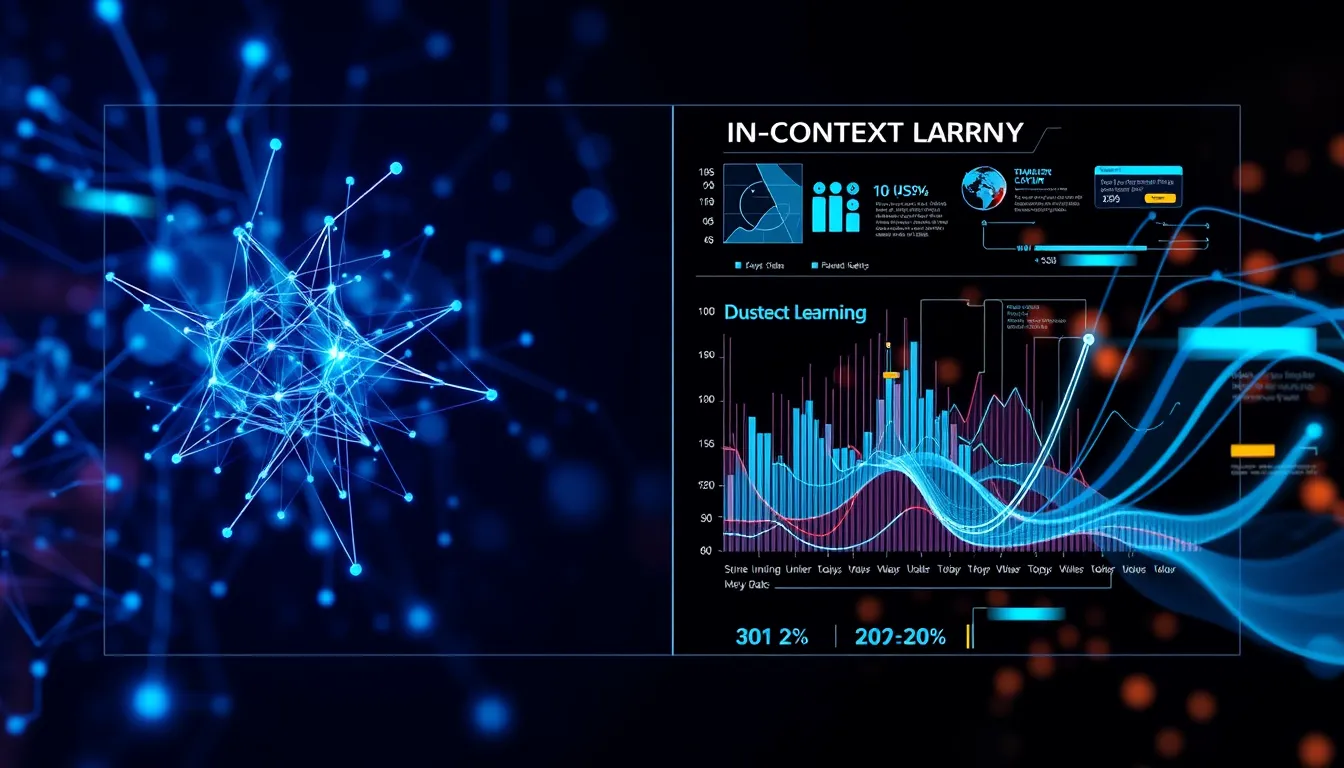Now Reading: Fine-Tuning vs In-Context Learning for LLM Optimization
-
01
Fine-Tuning vs In-Context Learning for LLM Optimization
Fine-Tuning vs In-Context Learning for LLM Optimization

Fine-Tuning vs In-Context Learning for LLM Optimization
The landscape of large language models (LLMs) is continuously evolving as organizations seek innovative ways to optimize their performance. Two prominent strategies have emerged in the AI community: fine-tuning and in-context learning. This article examines both approaches and discusses when to use fine-tuning vs in-context learning, exploring their strengths, challenges, and potential hybrid solutions for optimizing LLMs for real-world applications.
Understanding LLM Optimization
LLM optimization involves adapting pre-trained models to specific tasks or industries. Whether it is for customer support, content creation, or technical analysis, businesses need to choose an approach that enhances model performance effectively. The two main strategies are fine-tuning and in-context learning, and they each offer distinct benefits.
What is Fine-Tuning?
Fine-tuning is a method where a pre-trained language model is further trained on task-specific data. Key aspects include:
- Tailored Training: Fine-tuning aligns the model’s capabilities with a specific domain or use case by training it on customized datasets.
- Enhanced Accuracy: Specialized tasks allow the model to develop a deeper understanding of niche requirements and contexts.
- Resource Intensiveness: This process often requires significant computational resources, longer training times, and meticulous data calibration.
While model fine-tuning is preferred in scenarios demanding high precision and domain-specific adaptations, the challenges include increased costs and the need for continuous data updates to maintain performance.
What is In-Context Learning?
In-context learning, by comparison, leverages examples provided at inference time instead of additional training. This method allows a model to adapt quickly, as it uses the context given during the actual use phase. Its main characteristics are:
- Flexibility: In-context learning enables rapid adjustment by injecting examples directly into the model’s prompt, eliminating the need for retraining.
- Speedy Deployment: Organizations benefit from faster implementation, especially when immediate responsiveness is crucial.
- Limitation in Customization: Although it offers quick adaptability, this approach may not provide the deep, domain-specific optimization that fine-tuning can achieve.
Comparing Fine-Tuning and In-Context Learning
When evaluating these strategies, it is important to consider the specific operational needs of an organization. Below is a comparison of the two methods:
- Fine-Tuning:
- Pros: High level of customization, improved accuracy for specialized tasks.
- Cons: Resource-heavy, longer development cycles, higher cost.
- In-Context Learning:
- Pros: Quick setup, minimal resource requirements, flexible deployment.
- Cons: Limited domain-specific customization, may rely on example quality during inference.
For many organizations, the question isn’t whether to choose fine-tuning or in-context learning exclusively, but rather understanding when to use fine-tuning vs in-context learning to achieve optimal performance for their specific applications.
The Hybrid Approach: Combining Strengths
Emerging research shows promising results using a hybrid approach that combines the rigorous customization of fine-tuning with the agility of in-context learning. This method involves fine-tuning the model on carefully curated datasets while still leveraging in-context examples to adapt on the fly. The advantages include:
- Enhanced Performance: By combining strategies, organizations can strike a balance between detailed model alignment and flexible output generation.
- Reduced Downtime: A hybrid method allows adjustments without the prolonged downtimes often associated with complete retraining.
- Adaptive Scaling: It is easier to update models for different tasks, ensuring continuous improvement.
Practical Applications and Use Cases
Various sectors are already leveraging these techniques for real-world applications. For example:
- Customer Service: Fine-tuning can help build highly specialized chatbots, while in-context learning can be used for rapid updates during peak times.
- Content Creation: Creative industries utilize fine-tuning for style and tone, whereas in-context learning offers flexibility in handling divergent topics.
- Technical Support: Custom models deliver precise solutions for industry-specific queries, and in-context examples help tweak responses in real time.
Future Trends in LLM Optimization
The future of LLM optimization is likely to see increased reliance on hybrid methods. As technology and data availability improve, the gap between computational efficiency and deep domain expertise continues to narrow. Moreover, advancing techniques in AI customization and model fine-tuning suggest that the convergence of these methods will empower organizations to push the boundaries of what LLMs can achieve.
Conclusion
Choosing the right strategy for LLM optimization is crucial for deploying effective AI solutions. Fine-tuning offers a path to high-accuracy, domain-specific adaptations, while in-context learning provides agility and ease of deployment. The decision on when to use fine-tuning vs in-context learning should be guided by specific business needs, resource availability, and long-term innovation goals. Ultimately, by considering a hybrid approach, organizations can harness the best of both worlds, ensuring that their AI solutions are both customizable and responsive. This balanced strategy will be essential in navigating the future of AI technology in an increasingly competitive market.
By staying informed and adaptable, decision-makers can guide their organizations toward more efficient, intelligent, and cost-effective AI implementations.

























